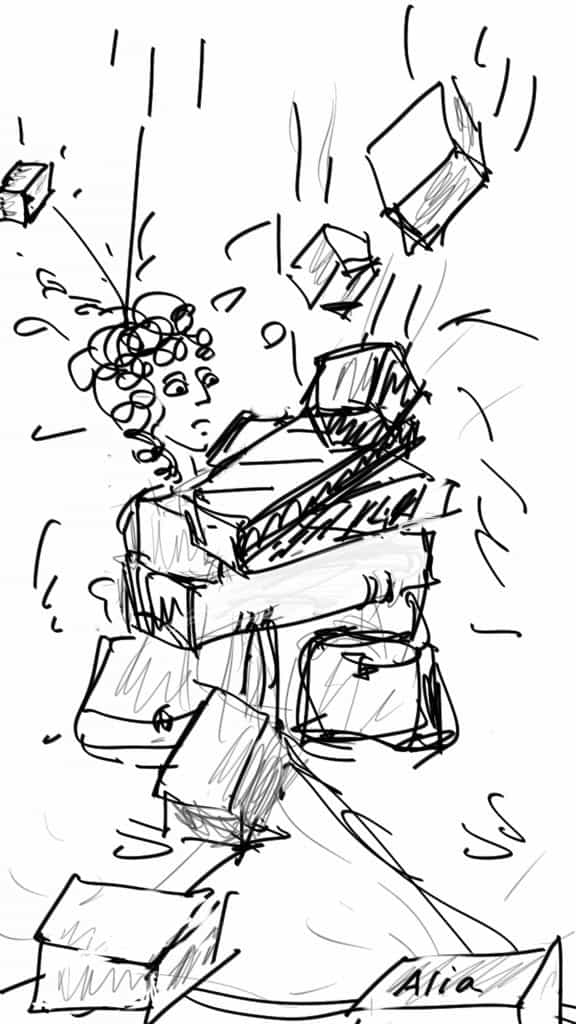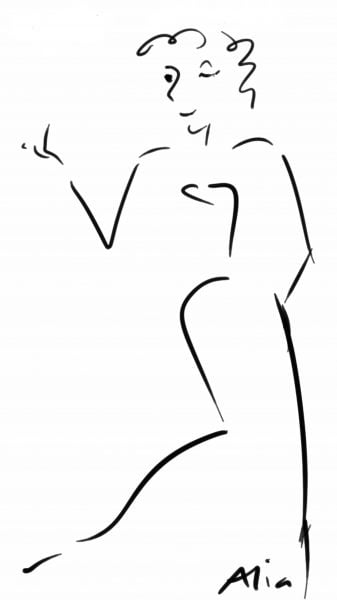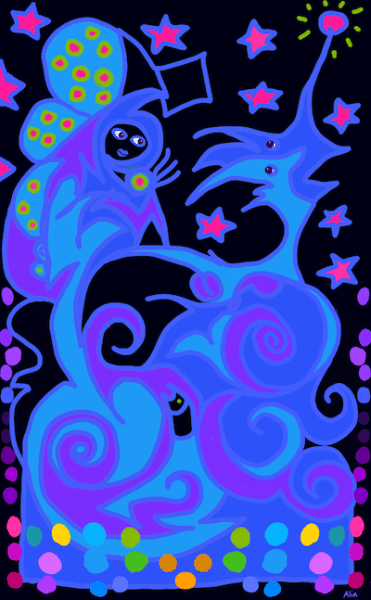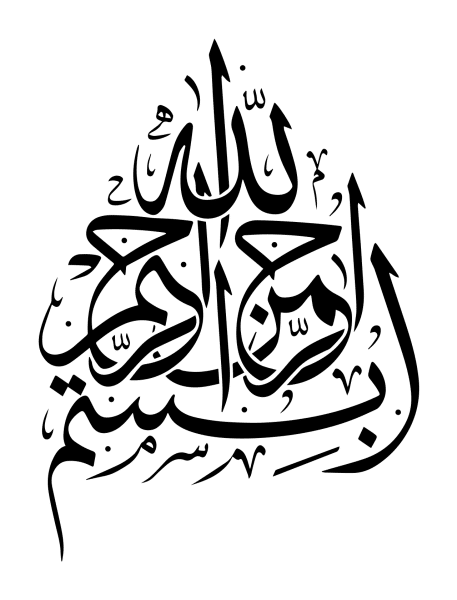It’s important for us to understand the meaning of lyrics in songs we dance on. It’s important to understand the cultural relevance of things like improvisation ad micromovement. Knowing these things makes our dance better, more nuanced, more authentic.
It’s also important to understand the structure of our music–so we don’t get lost, so we know when to change, so we know what’s coming down the pick even with an unfamiliar song. Lots of music is pretty simple–there’s a verse, a chorus, maybe a taqsim.
And then some of it is more complex. A LOT more complex. And then there’s all that music that sounds the same all the way through. How on earth do you keep track of all that?

Whether we are learning choreographies to such songs, or want to make our own dance, or just have fun improvising. It’s all a lot easier when we can sense into the structure of the song.
From the rhythm up through the melody and taqasim, we dance better when we feel confident. Knowledge is power! Understanding musical structure is power.
Want some of your own?
Announcing
How to Map Your Music
(a 4-step system for musical confidence)
And what are those 4 steps?
Observe, Explore, Inspect, Expand.
Observe
This is allll about listening. Listening to the music, listening for changes, listening for each instrument–listening to the images, ideas, and visions that float through my head. When I plan to make a dance, I listen without dancing, so I have the time and space to really hear the song, without the distraction of movement. I have walked around all day for days with a single song on repeat. And been rewarded with just the right images and concepts to make the dance come alive. Once I have a sense of the song, next comes…
Explore
Now I will dance, draw the music, play with characters, costumes, and so forth. I’m not making anything yet, just feeling into the song, for what it wants and what it says to my body, looking for the right mix of elements to spark my imagination and motivate me to go further. Then, I’m ready to…
Inspect
This is where it gets very nitty-gritty. I use a spreadsheet. Yep. I’m kinda geeky. I track the changes in the music, even down to the measures if I have to. It takes me a couple of passes to find all the changes. I do a rough sort and then fill in as I go along. When that’s all good, I get to…
Expand
This is where I make notes on what instruments are soloing, the melodic themes, the flavor of any particular sections that takes my fancy. I’ll even write down narrative, imagery, and movement that comes to me over the process. What do I do with all this?
Compose!
It all comes together in a new composition. I’ve filled my creative well with a deep dive intot he music,. Now I compose all of the elements that I’ve chosen to incorporate. I throw things in and out, mix and match, and hey, presto! A dance!
Here’s one The RakSultana Dancers made for the BellyDance Blossom Festival, using this system, adapted for groups.
Could I do this all right at the beginning?
Heck no!
I learned by trial and error.
And now I have a system that works–not just for me but for the many students who have used this same system in How to Create Dance Art, a three-month odyssey into the creative process.
Song mapping = WONDERFUL! That made a massive difference to me and it helped me visualize the song.
LR
I am so stoked! I cannot wait to use what I’ve learned for my next choreography. I’m more confident and even would go as far as saying “more genuine” in my dance. I’m not afraid to make mistakes or fully put myself out there anymore….
TB
I appreciated that Alia didn’t tell us “the way to do things,” but rather gave us exercises that helped us each develop our own way.
LW
Midway through the course, I realized movements came out of my body if I just let it happen. I started listening to the music and how it made me feel instead of listening to the music and thinking of what I should be doing. It was fun.
KG
I’ve been teaching CDA since 2013. Students asked me to break it into modules. The first of these was Embodiment. Map Your Music follows on from there.
How to Map Your Music (MYM) is now a standalone course!
I’m pulling it out and making it available on demand to dancers everywhere. It’s simple and IT WORKS. But it’s not available quite yet…
MYM is my contribution to The Belly Dance Bundle for 2021.
I love the Bundle, and I love Tiffany, who puts it together. This year is bigger than ever with some really great names taking part. Fifty-five contributors, including many dancers of origin and of color–Esraa Warda, Ebony Qualls, and Lebanese Simon, just to name a few.
Our big giveaway this year is a beautifully-designed Practice Tracker. The Tracker helps dancers choose a focus area in their practice, plan their practice, and then track that as they proceed through their month. (it works great for the #21daysofbellydance Instagram challenge!). There’s a zil giveaway coming up, too. Plus a party, mini lessons, and…
Well, it’s a lot.
And I can’t wait! I am especially looking forward to the #21daysofbellydance on Instagram. And the Podcast! Squee!
So there you have it!
A breakdown of the four steps to map your music–and a quick overview of this year’s Belly Dance Bundle.
Phew!
Lots and lots of love and hugs,
Alia






No comment yet, add your voice below!